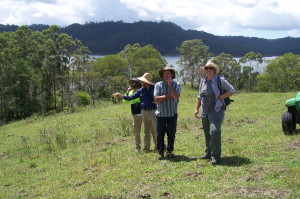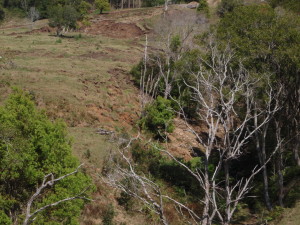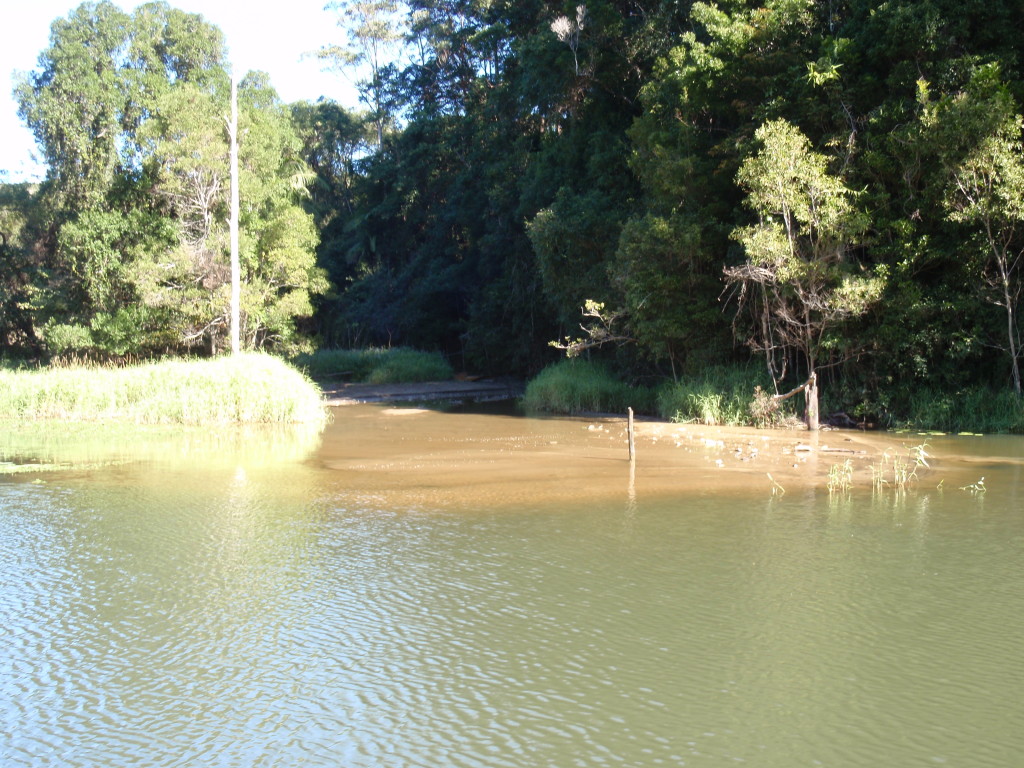
LBCCG has been involved with an Seqwater funded, Queensland University of Technology (QUT) study on landslips in the Lake Baroon catchment, by providing catchment information and assisting with landholder engagement. Geotechnical assessments are identifying the significance of the issue and assisting with the development of priorities for future works have been a key focus of the study. This will help to manage the impact of mass movement (landslides) in the catchment and consequently the impacts on the Landers Shute Water Treatment Plant (which supplies water to most of the Sunshine Coast and north Brisbane via the Northern pipeline Interconnector).

The estimated cost of lost water storage from large volumes of sedimentation was calculated at $30/cubic metre in new SEQ Seqwater water storages. Many millions of cubic metres of soil material is mobilised by landslides in the Lake Baroon catchment from steep slopes close to the dam, as a consequence of high rainfall and the high velocity of catchment waterways. This sediment is washed into waterways and creates issues with turbidity, loss of capacity, eutrophication, smothering of aquatic ecosystems and scouring of creek banks, before accumulating in the dam where it is sometimes highly visible.



